5,000 year old rock art discovered on cliff face in Siberia intrigues archeologists
Siberian Times
Thu, 28 Jun 2018 09:12 UTC
One is an image of two Argali - horned mountain sheep - squaring up for battle.
But how did ancient artists create prehistoric masterpieces on sheer cliffs today only accessible by sophisticated modern climbing equipment?
When the Soviet authorities dammed the giant Yenisei River to generate hydroelectricity, they made an artificial reservoir some 388 kilometres long (roughly the distance from New York to Washington DC), never wider than 15km, and with a maximum 105-metre depth.
In doing so, ancient petroglyphs were submerged forever.
Or so scientists believed.
Now, due to markedly varying water levels in Krasnoyarsk Reservoir (or Sea), some of the submerged rock art is reappearing from the deep, while other finds are being made - thanks to observations by boat from the water - high on cliff sides.
The latter, intriguingly, are on rock faces that would be impossible to reach for modern man except, perhaps, with state-of-the-art climbing equipment.
'The highest concentration of engravings is on the rocks of the Oglakhty mountain range (left bank of Yenisei) and and Tepsey (right bank of Yenisei and the right bank of Tuba River, where it flows into Yenisei)'.
One is an image of two Argali - horned mountain sheep - squaring up for battle.
These are among a stunning neolithic art gallery found - and re-found - on shoreline cliff rocks.
The reservoir covering 2,000 square kilometres was created with the construction of the Krasnoyarsk concrete gravity hydropower dam between 1956 1972.
Soviet scientists did their best to record the array of rich petroglyphs before they were submerged by a reservoir that stretches almost the entire distance between the Siberian cities of Abakan and Krasnoyarsk.
Expert Dr Elena Miklashevich, an archeologist at Kemerovo State University, said: 'Dozens of ancient rock art sites were submerged.'
Due to markedly varying water levels in Krasnoyarsk Reservoir (or Sea), some of the submerged rock art is reappearing from the deep, while other finds are being made - thanks to observations by boat from the water - high on cliff sides.
At the time, there was an understandable belief that this superb treasure trove was gone forever.
Now, though, many masterpieces have emerged from the deep, and proved resistant to decades of water, while highly significant new discoveries have been made as scientists scour rock faces from the surface using binoculars.
'It turned out that many petroglyphs, probably more than half of the known ones, were not totally destroyed under the water.'
'Suddenly we saw that islands had appeared in the middle of the reservoir: the water had fallen very low.
'We went to inspect the rocks along the coast and it turned out that many petroglyphs, probably more than half of the known ones, were not totally destroyed under the water.
'Some were hidden by scree, others destroyed, but still, a lot of them were available for copying.'
By 2014, funding was given by State Nature Reserve Khakassky for a more detailed inspection.
'The petroglyphs are located along both banks of Yenisei River and its tributaries between Abakan and Krasnoyarsk,' said Dr Miklashevich.
'In the central and northern parts of the reservoir, where the water level remains high even when it is discharged, some rock art sites are located 40 metres underwater.'
They are unlikely to be seen again.
'But in the southern part (from Abakan downstream), luckily, the water level drops so low that the rocks on the riverbanks open - and the petroglyphs can be seen.'
This gives the opportunity to study and record these ancient art works.
Dr Miklashevich said: 'The highest concentration of engravings is on the rocks of the Oglakhty mountain range (left bank of Yenisei) and Tepsey (right bank of Yenisei and the right bank of Tuba River, where it flows into Yenisei).
'The study of these petroglyphs is very important - modern methods help find new important details of the compositions, and new figures.
'More interestingly, absolutely new engraving areas, not spotted before, are being found.
'Earlier, they were probably covered with lichens or located too high to see them.
The research can be hazardous and 'risky', she said.
'It is never easy when pictures are made from the ground, let alone taking them from a shaking boat.'
'Scientists sail in boats close to the rocks, clean the surface...and standing in the boat take pictures...'
'It is never easy when pictures are made from the ground, let alone taking them from a shaking boat.'
Significant fluctuations in the water level - by as much as six metres - mean that the experts can sometimes see rock art emerging from the depths, but also notice petroglyphs higher up cliff faces.
'We have spotted a number of very interesting multi-figured compositions,' she revealed.
Advances in technology, not least photography, mean the previously-known images can be looked at afresh with far more detail recorded and understood.
'We find new features in the style and technique of drawing,' said the archeologist.
[...]
Continued below...
- Home
- Forum
- Chat
- Donate
- What's New?
-
Site Links

-
Avalon Library

-
External Sites

- Solari Report | Catherine Austin Fitts
- The Wall Will Fall | Vanessa Beeley
- Unsafe Space | Keri Smith
- Giza Death Star | Joseph P. Farrell
- The Last American Vagabond
- Caitlin Johnstone
- John Pilger
- Voltaire Network
- Suspicious Observers
- Peak Prosperity | Chris Martenson
- Dark Journalist
- The Black Vault
- Global Research | Michael Chossudovsky
- Corbett Report
- Infowars
- Natural News
- Ice Age Farmer
- Dr. Joseph Mercola
- Childrens Health Defense
- Geoengineering Watch | Dane Wigington
- Truthstream Media
- Unlimited Hangout | Whitney Webb
- Wikileaks index
- Vaccine Impact
- Eva Bartlett (In Gaza blog)
- Scott Ritter
- Redacted (Natalie & Clayton Morris)
- Judging Freedom (Andrew Napolitano)
- Alexander Mercouris
- The Duran
- Simplicius The Thinker






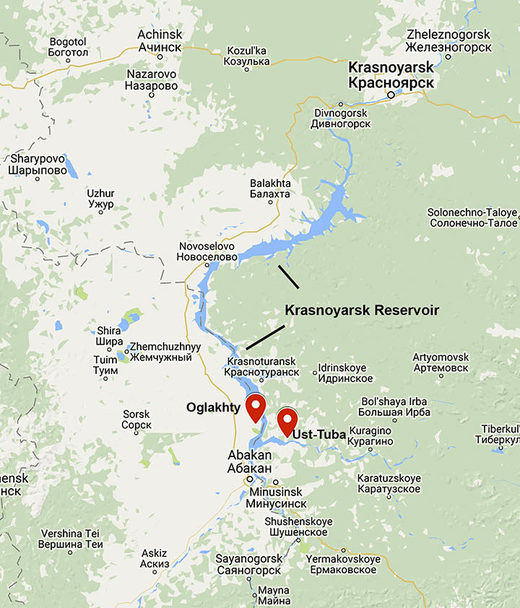
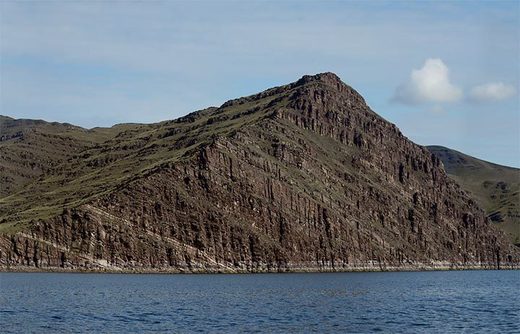
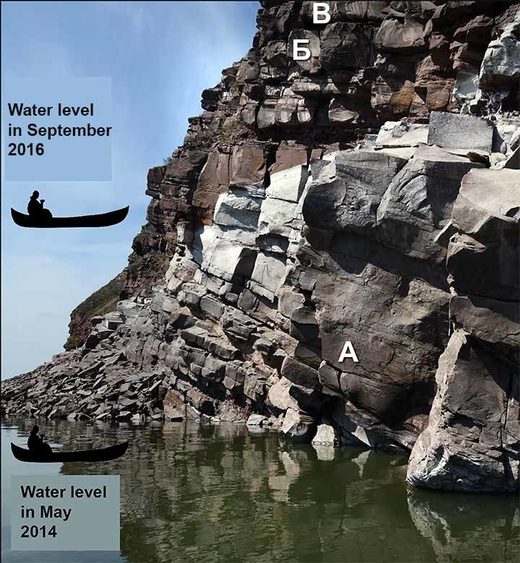
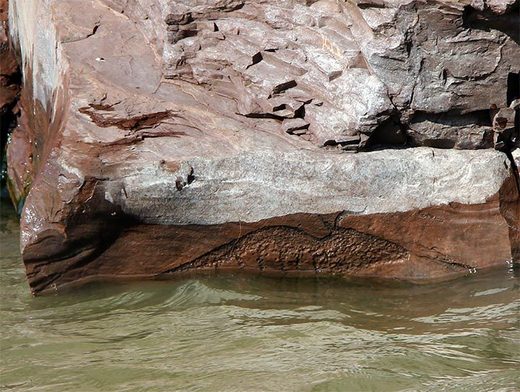
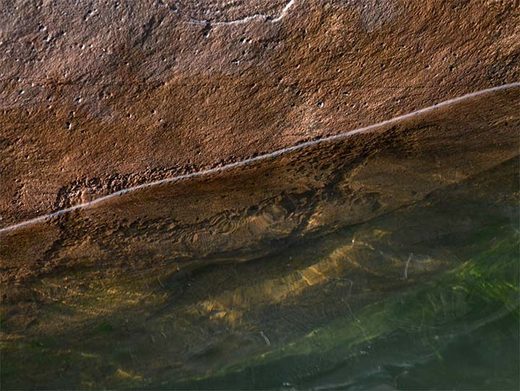
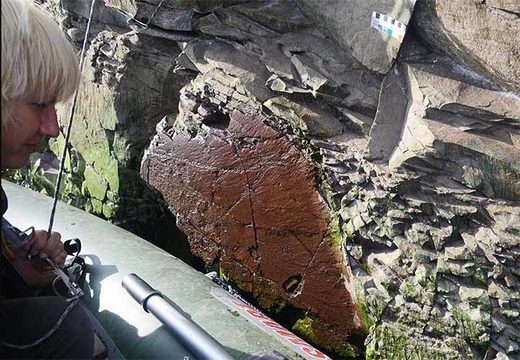
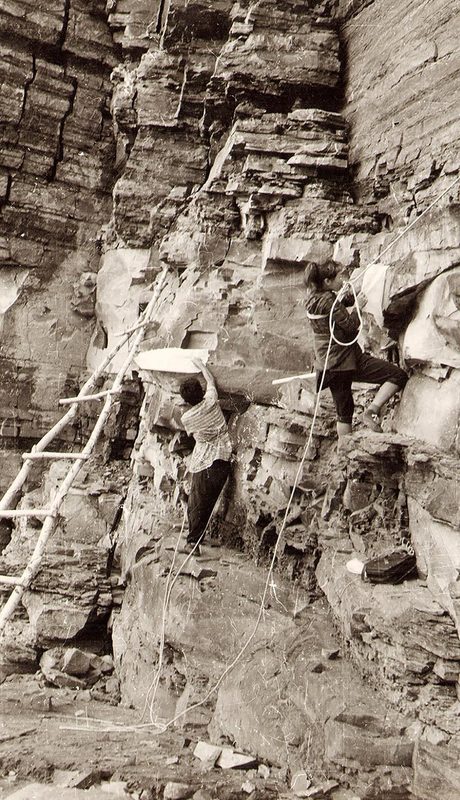
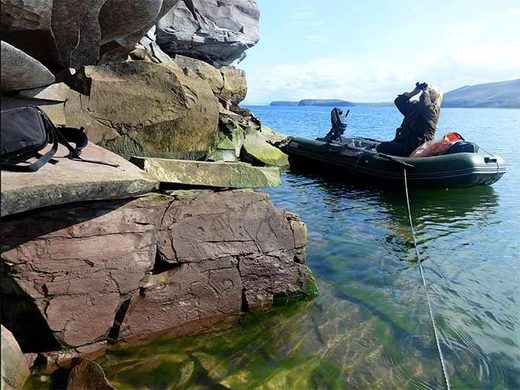
 Reply With Quote
Reply With Quote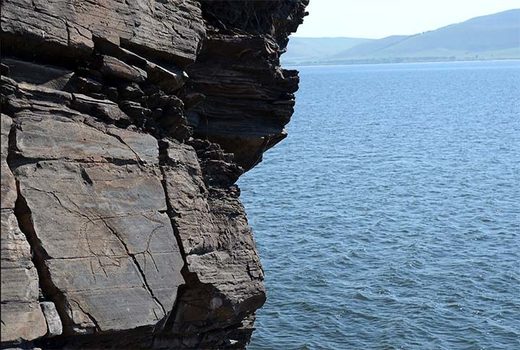
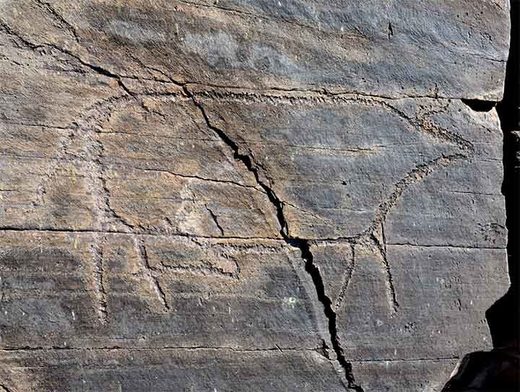
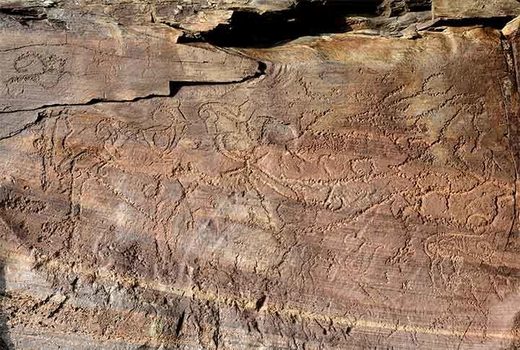
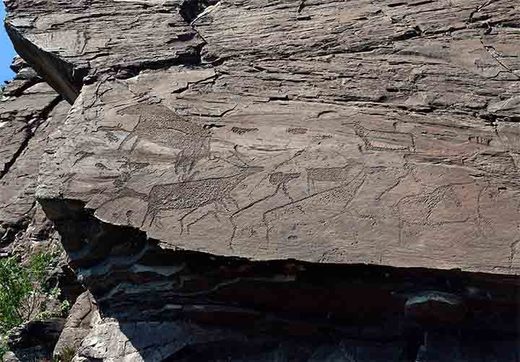
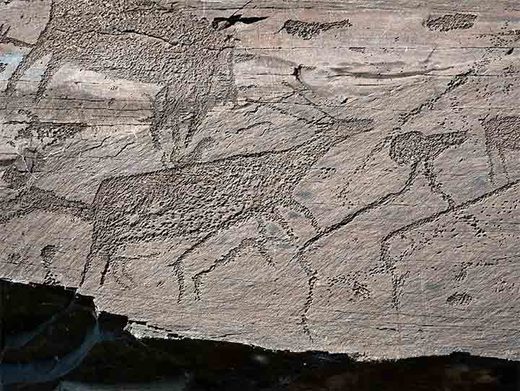
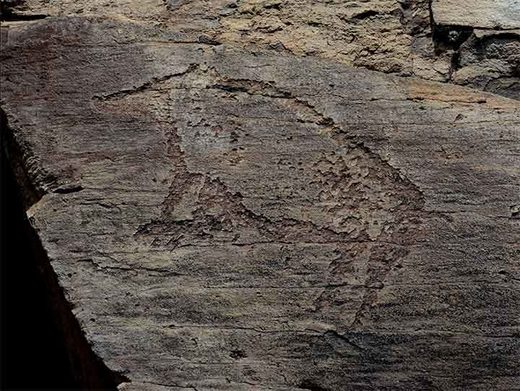
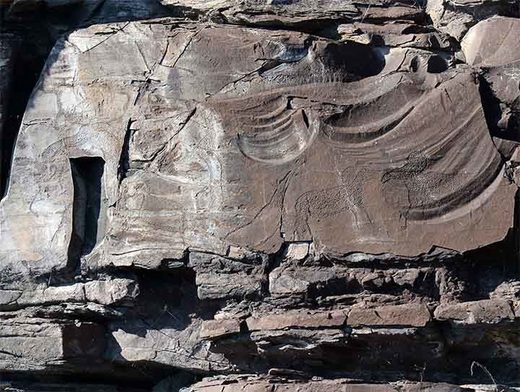
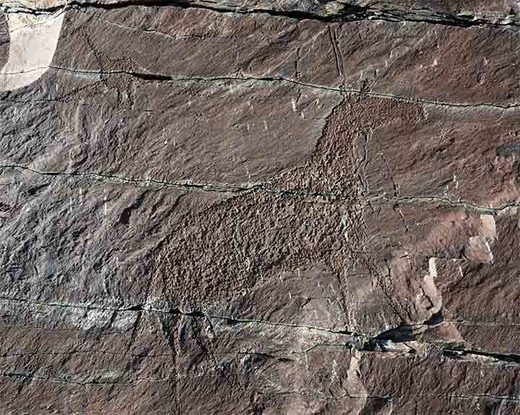
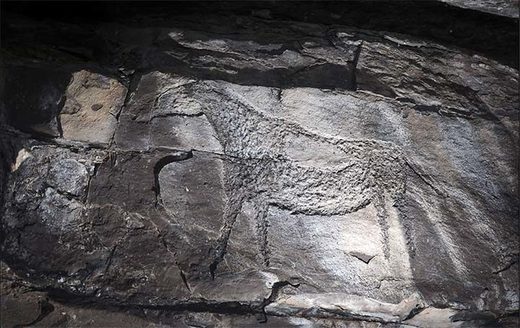
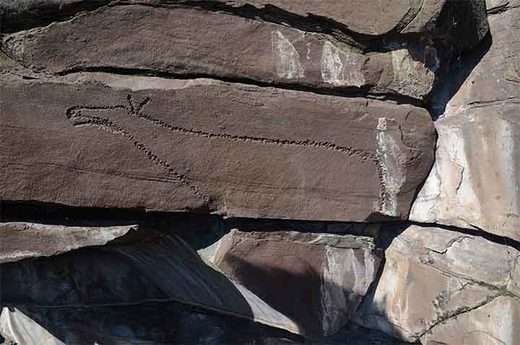

Bookmarks